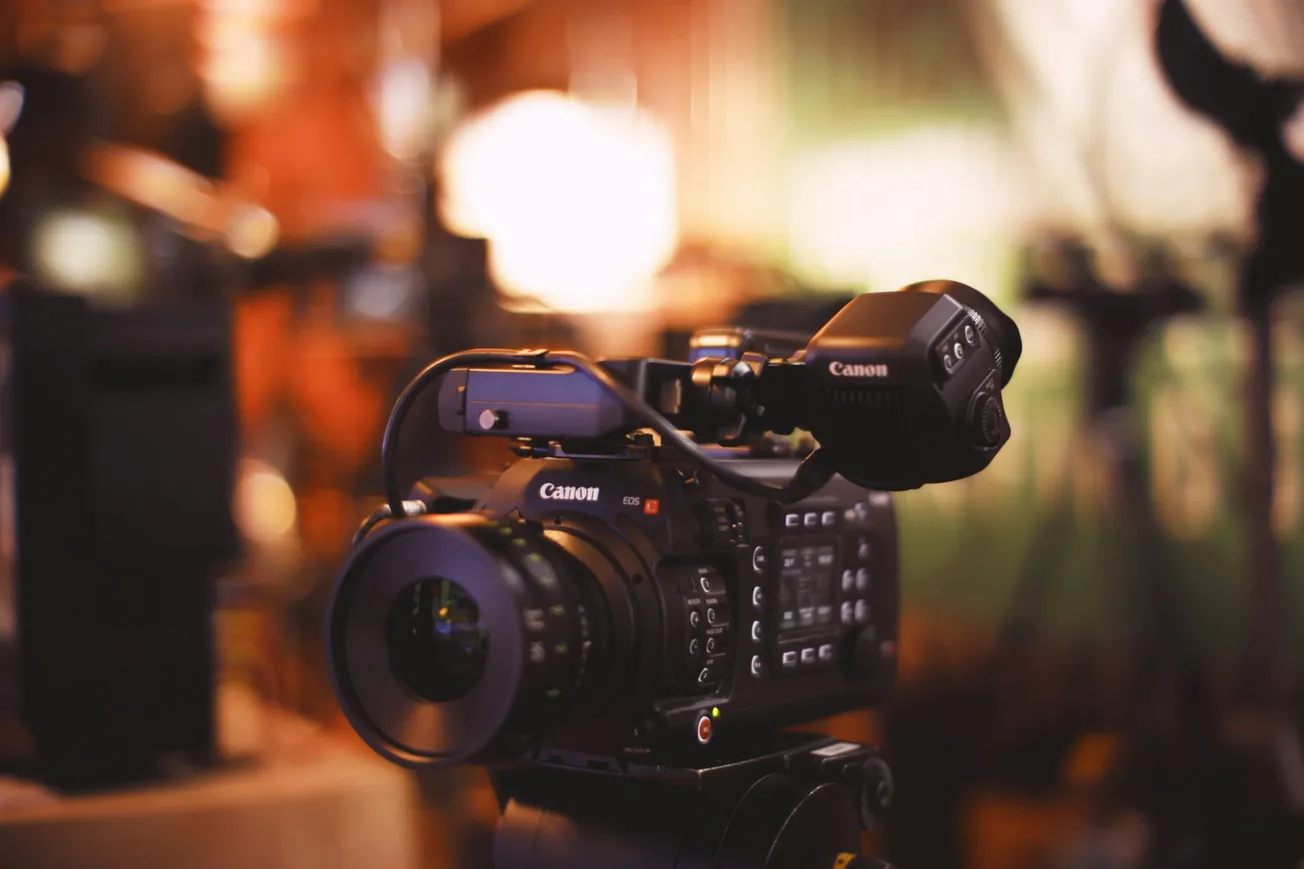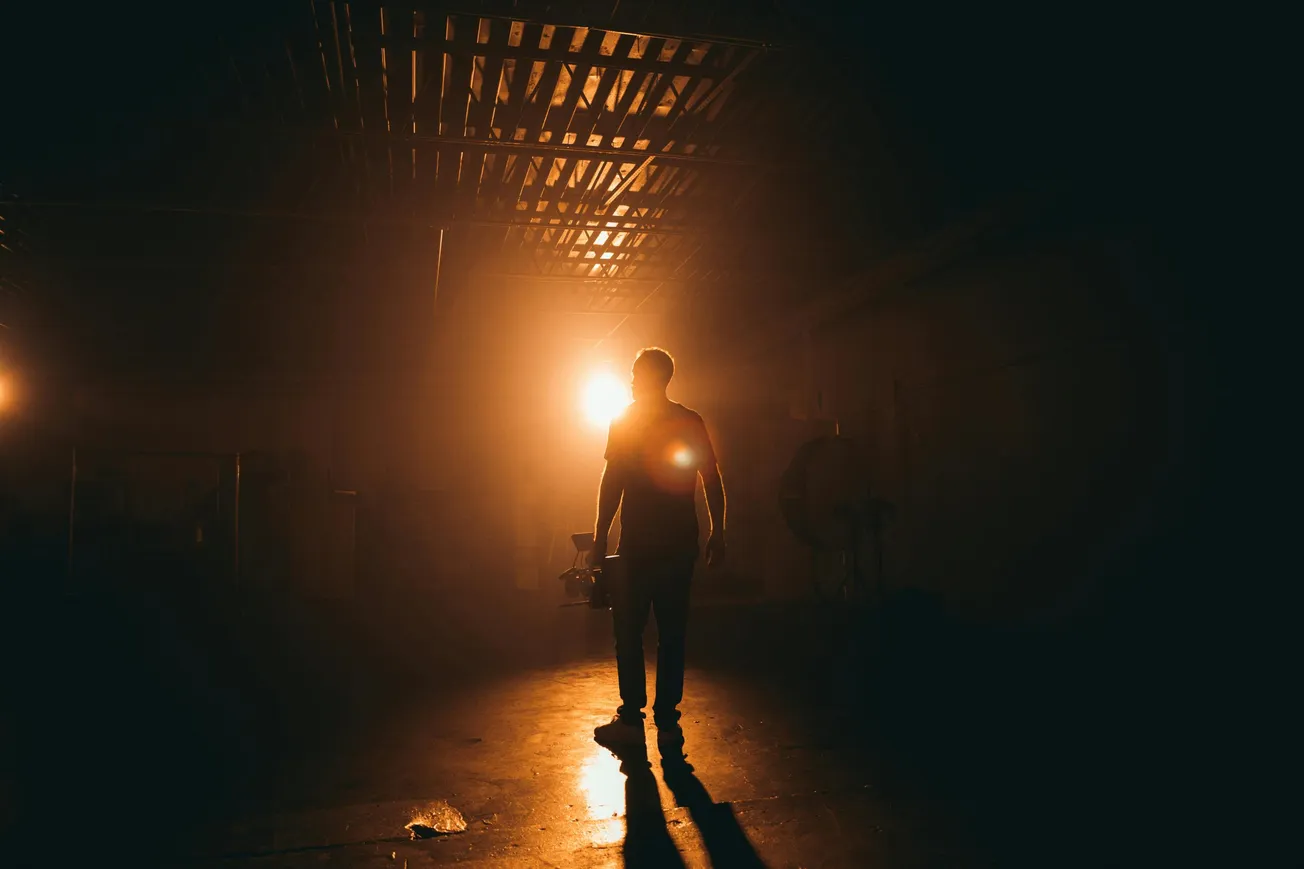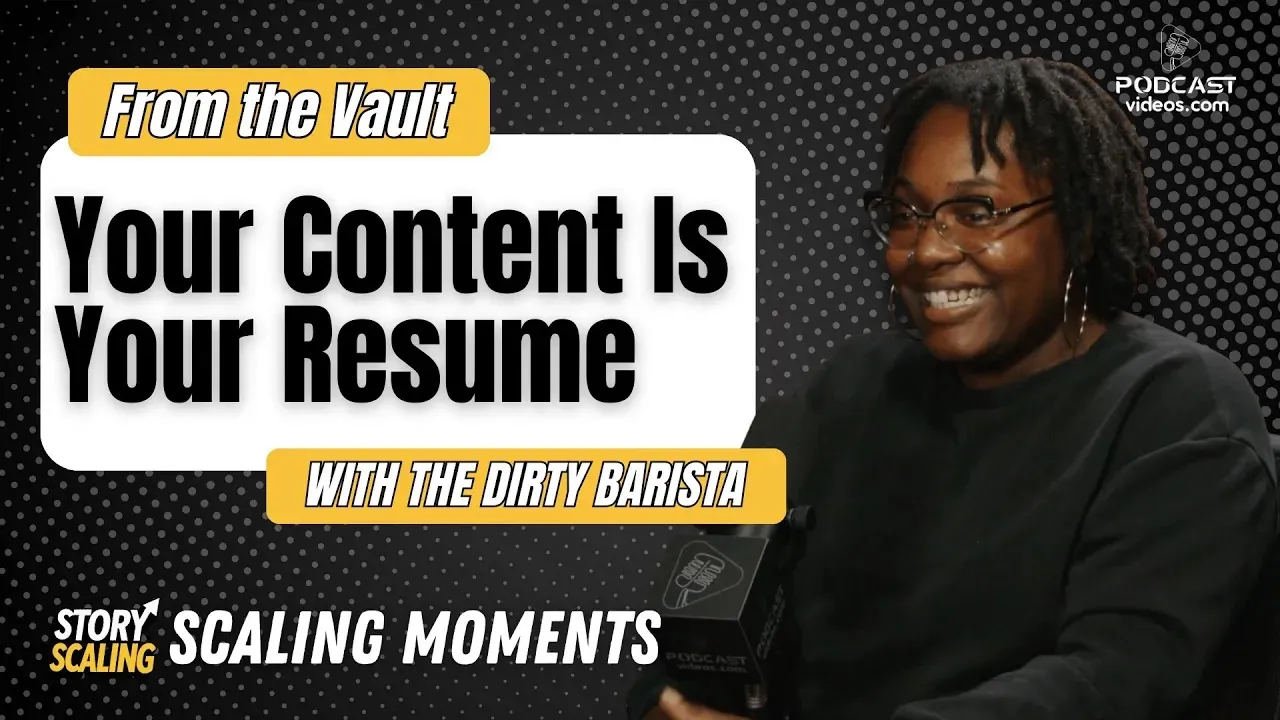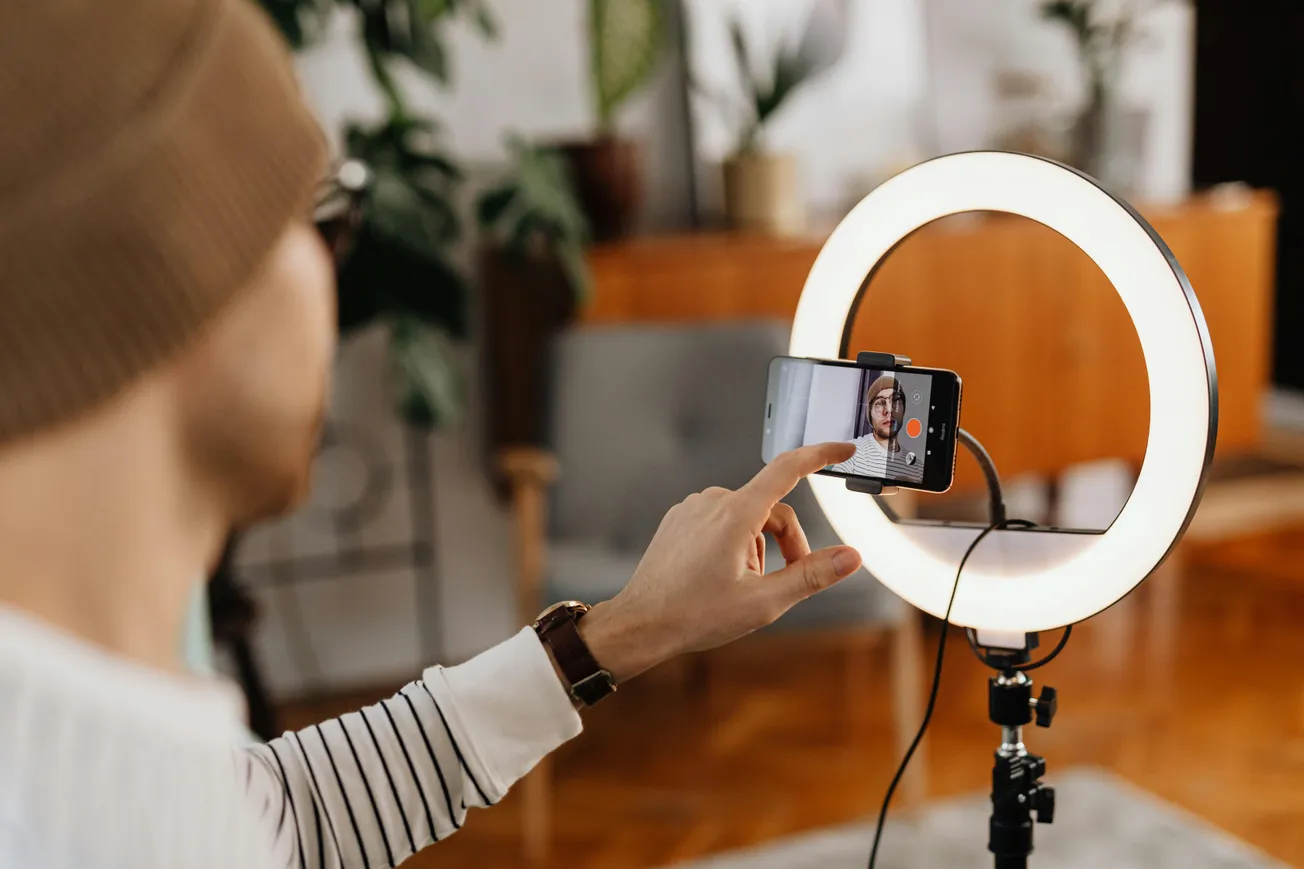Creative burnout often stems from overwork, chronic pressure, repetition and/or a sense of disconnection from one’s purpose. The “2‑Hour Rule,” popularized through examples like Steve Jobs and backed by creative legends like Einstein and Darwin, offers a path to recovery: two daily hours dedicated to deep, undistracted thought – no production, no performance, just space.
Many creators operate in a constant reactive mode, balancing emails, editing and publishing schedules. But stepping out of that loop allows the brain to shift from autopilot into creativity mode, where real insight emerges.
The Origin of the Rule: Genius Meets Intentional Downtime
According to YourStory, Steve Jobs famously blocked about two hours at a time for long walks and quiet thinking sessions without meetings, emails or interruptions. These were not breaks, but strategy sessions with his own mind that led to innovations like the iPod.
Before him, thinkers like Einstein, Nietzsche and Darwin routinely used “nontime” or reflective walking to incubate ideas, according to Observer. Those creative breakthroughs often emerged in unstructured, contemplative solitude.
Applying the 2‑Hour Rule to Creator Burnout
1. Schedule your thinking space
Block exactly two hours daily or several times per week on your calendar. Treat it like a critical appointment. Silence notifications, leave screens behind and find a quiet spot.
2. Use deep prompts, not busywork
Frame your thinking time with open-ended questions:
- What is missing in my creative process right now?
- What patterns am I repeating that no longer serve me?
- What purpose or message is really motivating this work?
3. Record but do not edit
Bring a notebook or whiteboard. Sketch, write stream-of-consciousness, mind-map; capture thoughts, not polished content.
4. Protect your space resolutely
No Zoom calls. No task-checking. This is non-negotiable mental investment, which is important enough to defend it at all costs.
Repairing Burnout with Creative Recovery Strategies
The 2‑Hour Rule pairs well with broader burnout recovery practices. Experts recommend:
- Rebalancing your workload and content routine by batch production or pacing posts
- Establishing healthy boundaries like fixed work hours and unplugged creative breaks
- Using stress‑reduction tools such as mindfulness, social support and self‑compassion to restore energy and clarity
- Exploring “no‑pressure” creative exercises like doodling, journaling and even playing without performance expectations
- Gradually rebuilding flow through short focus bursts, increasing over time
These layers help creators break free from the burnout loop: intense bursts > burnout > stagnation > repeat.
Why It Works: Mindspace Feeds Creativity
- Creativity thrives in spaciousness: Without constant input, the brain connects ideas and sees contrast.
- Reflection builds clarity: Questions like “Why am I doing this?” reset purpose under pressure.
- Recovery supports resilience: Practices like journaling, boundary setting and rest cycle the system back to flow rather than grind.
Beyond Productivity, Towards Purpose
Burnout is not a sign of weakness, but a warning that your creativity needs space. The 2‑Hour Rule reframes your day; not as an endless grind but as a rhythm of reflection and possibility.
By consistently protecting thinking time, you reclaim control over your work and rediscover meaning, connection and the energy to create again.
More Reading
- How to Reignite Creativity When You're Burnt Out on Content
- 13 Powerful Ways to Bounce Back From Creative Burnout
- 7 Ways Top Podcasters Stay Inspired, Episode After Episode










